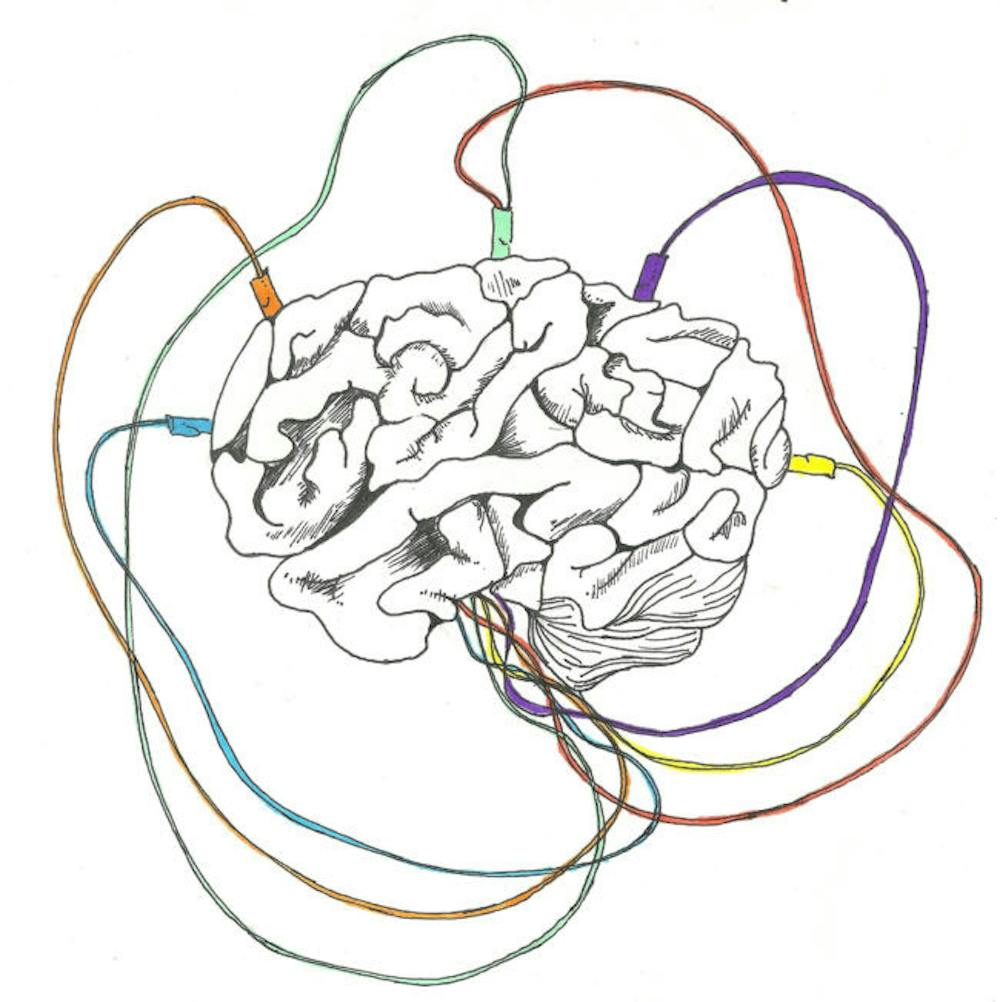The integration of man and machine may seem like science fiction, but the well-funded scientific movement aiming to restore functional independence to patients through the integration of computers is already a reality. A recent University study as part of the BrainGate2 clinical trial builds on this movement and improves the calibration system between brain and machine.
For those with conditions like ALS, brain stem stroke or limb loss, movements that many take for granted can be extremely difficult or even impossible. Brain-computer interfaces, or BCIs, aim to help those with such ailments by translating brain cell signaling into the click of a cursor, the selection of letters on a screen or even the movement of robotic limbs.
One of the challenges involved in the real-time translation of brain activity is syncing an external device to align with the signals of the brain. This complex calibration process involves machine learning — a set of elaborate algorithms — and often a technician, but the recent University study has sped things up.
The team studied two fundamentally different methods of decoding neural signals from a small device implanted directly into the brain, hoping to test the calibration process across each method. Using these decoding algorithms, all three participants gained full control of a computer cursor in under three minutes. One participant imagined moving a joystick in his mind and shaved almost two and a half minutes off of the typical calibration time.
Previous calibration processes — which have to occur frequently as neural signals change over time — have taken subjects anywhere from 11 to 20 minutes and have required patients to focus intensely while working with a technician, said Leigh Hochberg, professor of engineering and an author of the study.
“One of the things that I was really interested in with my research was trying to reduce the amount of active intervention required from a technician to get this system to work,” said David Brandman, neuroengineering postdoctoral fellow and the lead author of the study. This development makes it easier for patients to use the device on their own.
“To my knowledge, this is the first time where somebody has tried to quantify how quickly someone can learn to use a BCI across multiple people and novel users,” said Jennifer Collinger, assistant professor of physical medicine and rehabilitation at the University of Pittsburgh, who was unaffiliated with the study. She added that because neural signals can change over time, adjustments can be less burdensome with the rapid calibration times introduced by this study.
Eventually, the field may be rife with computer algorithms with the capability to recalibrate on their own. A BrainGate study in 2015 showed this technology is indeed possible, making BCIs usable after just one calibration process. “That’s something that the field is really pushing for — algorithms that can handle a self-recalibration process so that with these devices, calibration never has to be done again, at least in a supervised fashion,” said Steven Chase, associate professor of biomedical engineering at Carnegie Mellon University studying BCIs, who was unaffiliated with the study.
Another advancement in the field may come in the form of wireless devices that can seamlessly communicate with a robotic arm or computer cursor. “Ultimately, we’d like to move to a point where individuals with paralysis have a fully embedded, wireless system that worked 24 hours a day, seven days a week without the requirement of a technician … which would allow people to gain functional independence,” Brandman said.
While the study is promising, subjects have to undergo invasive brain surgery in order to implant a recording array like the one used in the University study. “Essentially, scar tissue builds up around the array and it pushes the neurons away from the tips of the electrodes. … Over time, you lose the ability to record from individual neurons,” Chase said. At the moment, this problem is “the single largest problem keeping these devices from going into widespread clinical use.”
These drawbacks have spurred a growing movement to use noninvasive recorders, which aim to gather as much brain activity as devices placed directly into the tissue. But the array in the study, according to Hochberg, “is the best clinically-cleared device … available today.”





